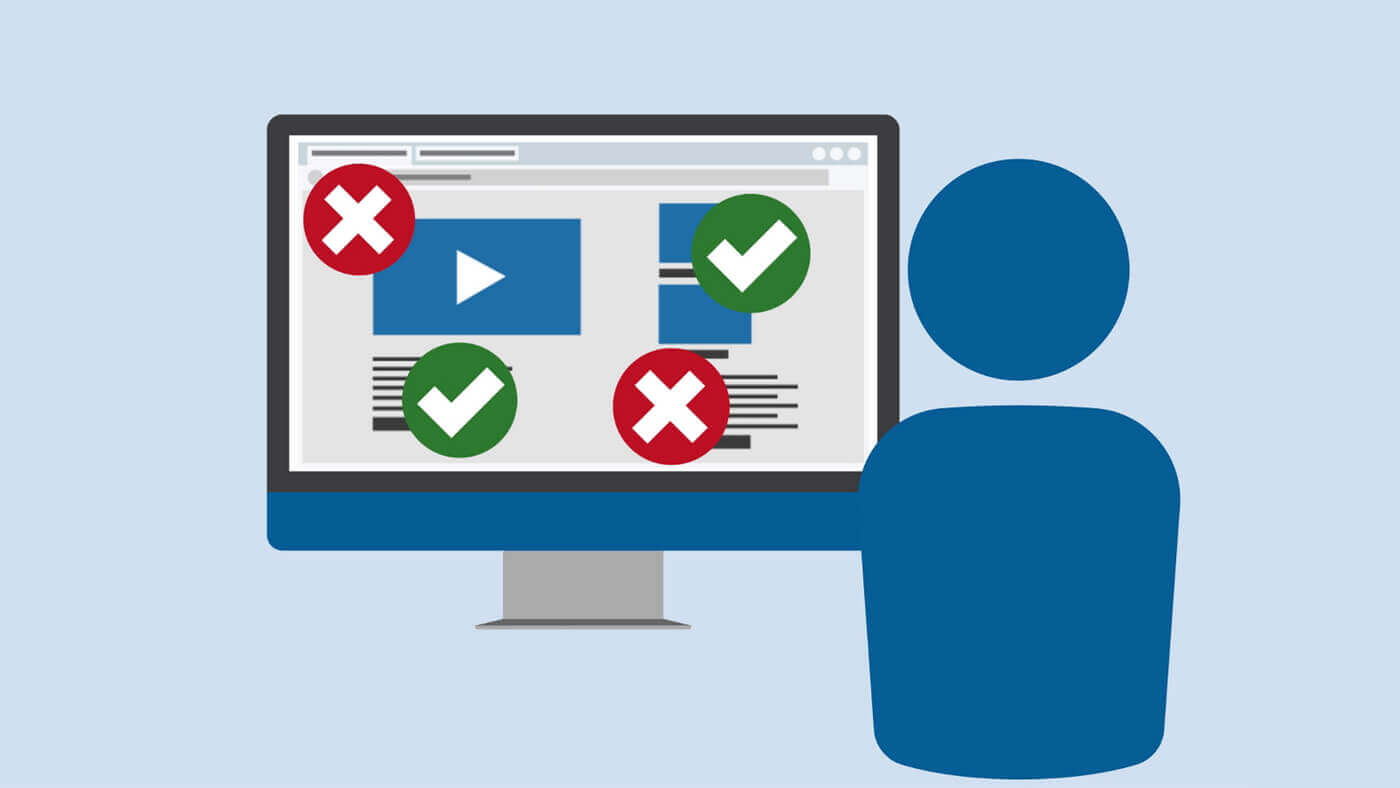Unveiling TikTok Advertising Secrets
Explore the latest trends and insights in TikTok advertising.
Web Accessibility: Making the Internet a Friendlier Place
Discover how web accessibility transforms the internet into an inclusive, user-friendly space for everyone. Don't miss out!
Understanding Web Accessibility: Key Principles and Practices
Web accessibility is the practice of making websites usable for all individuals, including those with disabilities. The primary goal is to ensure that everyone can access and navigate content effectively, regardless of their abilities or disabilities. This involves understanding the common barriers faced by individuals with visual, auditory, cognitive, and physical impairments. Key principles of web accessibility are often summarized by the acronym POUR: Perceivable, Operable, Understandable, and Robust. By adhering to these principles, web developers can create inclusive digital spaces where all users can engage with the content.
To implement these principles effectively, consider adopting practices such as providing text alternatives for non-text content, ensuring that all functionality is accessible via a keyboard, and using clear and simple language throughout your site. Additionally, ensure that your content is adaptable to various devices and assistive technologies. Regularly testing your website with real users and accessibility tools can help identify any areas needing improvement. Ultimately, embracing web accessibility not only benefits users with disabilities but also enhances the overall user experience, making your content more accessible and broadening your audience reach.

10 Common Web Accessibility Mistakes and How to Avoid Them
Web accessibility is crucial for ensuring that all users, regardless of their abilities, can access and navigate your website. However, many web designers and developers make common mistakes that hinder accessibility. Here are 10 common web accessibility mistakes:
- Neglecting alternative text for images
- Using insufficient color contrast
- Skipping heading levels in content structure
- Not providing captions for videos
- Failing to label form elements
- Using non-descriptive link text
- Ignoring keyboard navigation
- Forgetting to test with assistive technologies
- Not providing error messages for forms
- Neglecting mobile accessibility
To avoid these mistakes, it's essential to implement best practices in your web development process. Always ensure that alternative text is provided for every image, which benefits users with visual impairments. Moreover, using tools to check color contrast helps ensure readability for all. Creating a logical content structure with appropriate heading levels makes navigation easier, while including captions and transcriptions for multimedia enhances accessibility for those with hearing impairments. By addressing these common web accessibility mistakes, you can significantly improve user experience and inclusivity on your site.
Why Is Web Accessibility Essential for Everyone?
Web accessibility is essential for everyone because it ensures that all individuals, regardless of their abilities or disabilities, can access and engage with content online. By implementing accessibility practices, we create a more inclusive digital environment that allows people with disabilities, such as visual or hearing impairments, to navigate websites effectively. This not only enhances user experience but also broadens the audience reach for businesses and organizations, allowing them to connect with a diverse range of customers and users.
Moreover, prioritizing web accessibility aligns with legal requirements and ethical standards, ensuring compliance with regulations like the Americans with Disabilities Act (ADA). Failing to implement accessible features can lead to legal repercussions and exclusion from a wider audience. As society becomes more reliant on digital platforms, it is imperative that web accessibility is not just an afterthought, but rather a fundamental consideration in web design and development processes. Ultimately, making the web accessible is a step towards equality, demonstrating that we value the participation of every individual in our increasingly digital world.